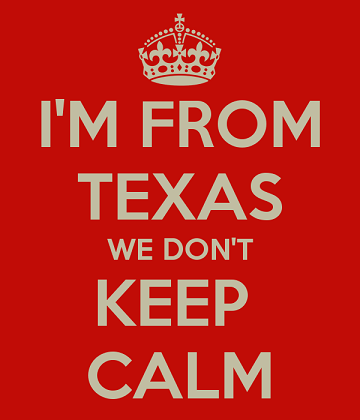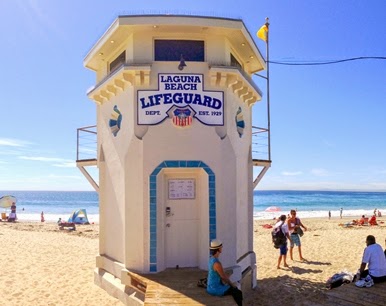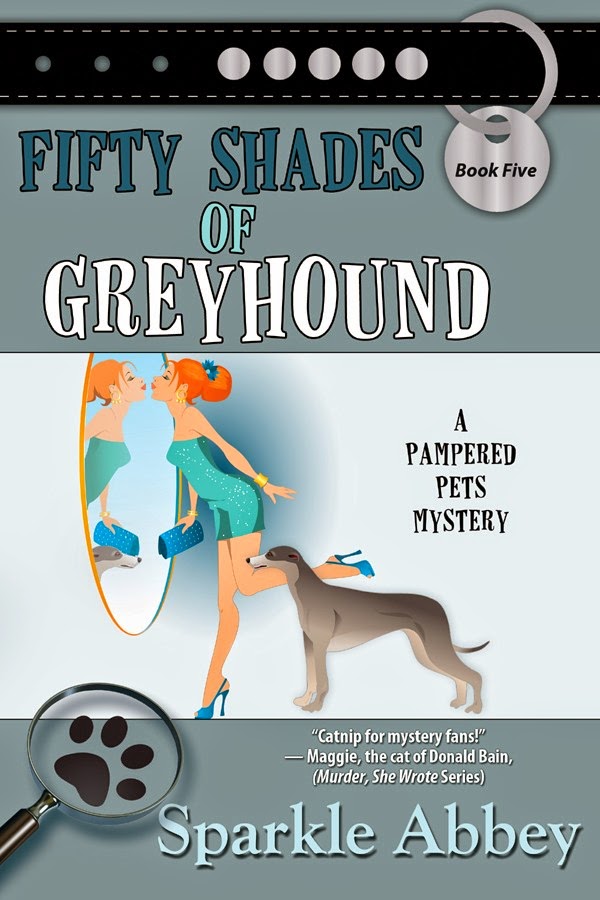Clicking Our Heels: Authors Whose Craft Abilities We Admire
Clicking Our Heels: Authors Whose Craft Abilities
We Admire
improve their skills, another way is to analyze the skills of writers we
admire. Here are some writers we each turn to when looking for great examples
of particular aspects of craft, such as dialogue, transitions, description and
action.
Judy Penz Sheluk: John Sanford is the
master of pacing. I love how Tana French takes a minor character in one book and
makes them the protagonist in another. Fiona Barton for cleverly twisted plots
with a simple premise. Agatha Christie because (most of) her books still hold up
today.
Shari Randall: What would Agatha do? Is
a question I ask myself when I run into plotting roadblocks. Her ingenious and
byzantine plotting sets a high bar that I know I’ll never reach, but it does
inspire. For dialogue I’ll turn to the films of the thirties. As far as most
elements of writing, I worship Kate Atkinson in general. For action, I turn to
Dan Brown. He has his detractors, but his stories move.
Juliana Aragon Fatula: Linda Rodriguez
has helped me so much with her Plotting the Character Driven Novel. Stephen King
because he writes the characters I love: Annie Wilkes, and Dolores Clairborne
and many other strong women.
T.K. Thorne: Sue Monk Kidd. I just
think her writing is amazing.
Kay Kendall: For emotional depth I look
to Louise Penny. No one fleshes out personality and motivation as well as she
does. For violent action balanced with understanding of the human psyche, all
written in fantastic prose, I think Tim Hallinan and Reed Farrel Coleman can’t
be beat.
Bethany Maines: I actually look quite
often to movies. A well-crafted script (and there are many that aren’t) is
incredibly informative about getting a story and characters from point A to
point B.
A.B. Plum: Elmore Leonard is my
go-to-dialogue guru. His characters make me laugh out loud, and I admire his
zany plotting – proving nothing is too crazy if you entertain the reader.
Dru Ann Love: I will answer this as the
only book that I reread is J.D. Robb as it has everything, great narrative,
good dialogue, good transition, great visuals, nice suspense and plenty of
action.
J.M. Phillippe: I think it depends on
which genre I am writing in. I was taught a mimicking exercise in college,
where you start to copy, word for word, something an author has written to get
a sense of their literary voice, and then continue the passage using your own
words but mimicking their style. Depending on what genre I am writing, I will
pick up well known and respected authors in genre and do a mimicking exercise.
I am also always expanding my favorite author list that way.
Linda Rodriguez: Toni Morrison and John
Steinbeck are two writers I turn to for improving my dialogue. For description,
I turn to Alice Walker and Stephen King. For action scenes, I like Elizabeth
George and Tony Hillerman. For transitions, I study Ursula K. LeGuin and
Virginia Woolf. For bringing characters onstage and to life, Agatha Christie and
Charles Dickens are hard to beat.
Sparkle Abbey:
Mary Lee Woods: There are so many! I
recently did a program for a local writers’ group on taking your writing to the
next level where I discussed the difference between technically correct and “good”
writing , and really using all the creative tools you have at your disposal to
tell the story. As far as examples, I used: Characters – Nora Robers; Dialogue –
Jennifer Crusie; Description – William Ken Kruger; Action – Janet Evanovich;
and Humor – Laura Levine.
Anita Carter: For plot, Lisa Gardner…always.
For a great fast paced comedy, Laura Levine. For dialogue, Julia Quinn. For
emoton, Virginia Kantra. I also reference Hallie Ephon and Harlan Coben.




